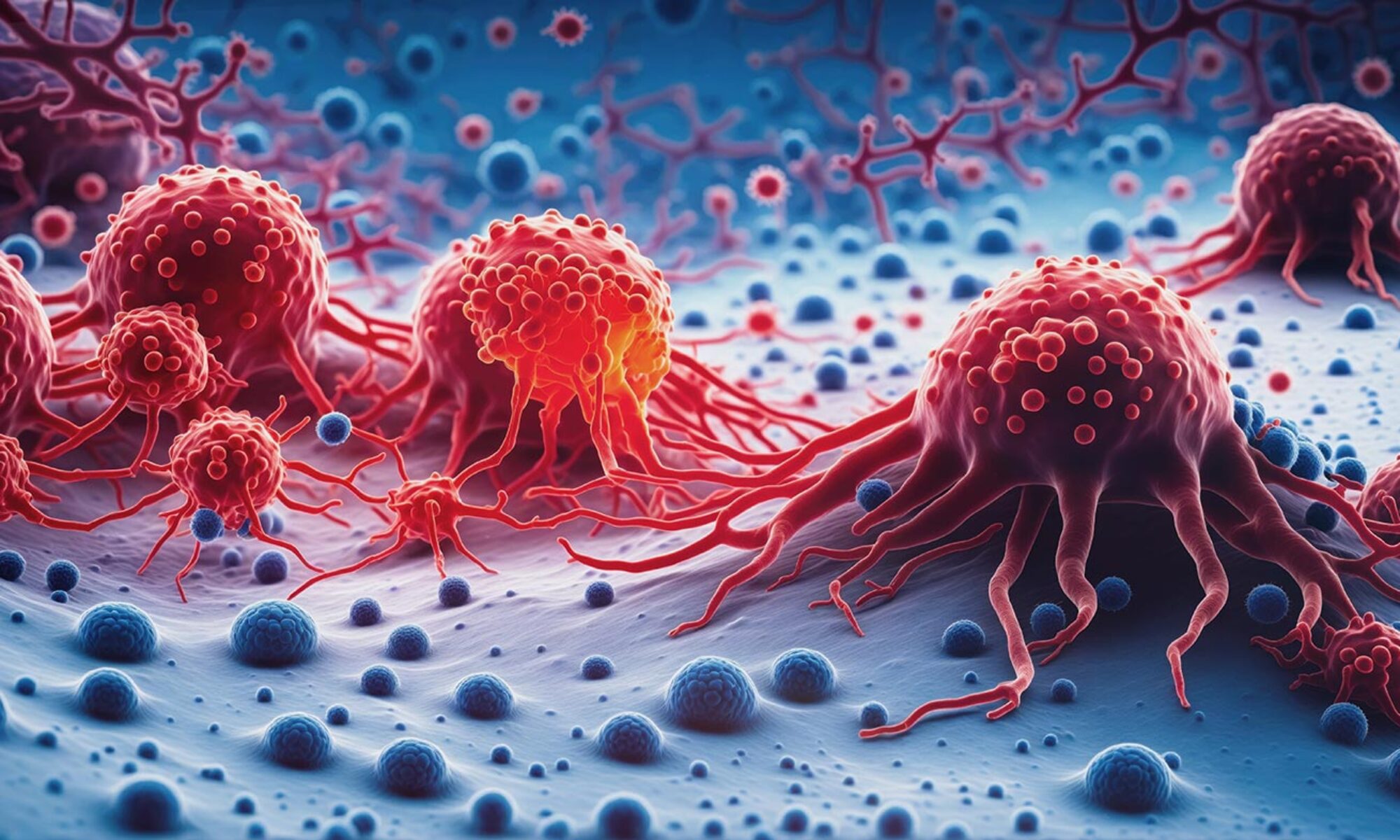تومورهای ریه یکی از تهاجمیترین تهدیداتی هستند که انسان را تحت تأثیر قرار میدهند. رویکردهای درمانی کنونی بقای بیماران را بهبود بخشیده است. با این حال، تلاش های بیشتری برای افزایش اثربخشی و محافظت در برابر عود تومور و متاستاز مورد نیاز است. ایمونوتراپی جایگزینی برای درمان های قبلی است که بر تحریک سیستم ایمنی بدن بیمار برای از بین بردن سلول های تومور تمرکز دارد. ویروسها را میتوان به عنوان بخشی از رویکرد درمانی ایمنی بهعنوان عواملی استفاده کرد که میتوانند سلولهای تومور را به طور انتخابی آلوده کنند و پاسخ ایمنی را علیه عفونت و سلولهای تومور ایجاد کنند. برخی از ویروسها برای آلوده کردن و تخریب سلولهای سرطانی، فعال کردن پاسخ ایمنی، افزایش دسترسی، تقویت سمیت سلولی در برابر سلولهای تومور، و بهبود حافظه بلندمدت که میتواند از عود تومور جلوگیری کند، انتخاب شدهاند. سپس می توان از ویروس درمانی انکولیتیک به عنوان یک استراتژی برای هدف قرار دادن تخریب سلول های تبدیل شده در محل تومور و عمل در مکان های دور از محل تومور هدف اولیه استفاده کرد. برخی از چالشهای کنونی در درمان سرطان ریه را میتوان با استفاده از درمانهای سنتی همراه با آن برطرف کردویروس درمانی انکولیتیک تعیین بهترین ترکیب، از جمله انتخاب تنظیمات مناسب، در خط مقدم درمان سرطان ریه خواهد بود.
